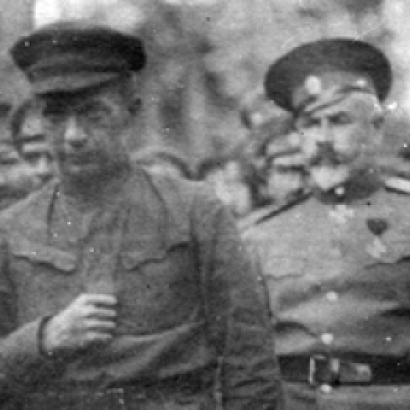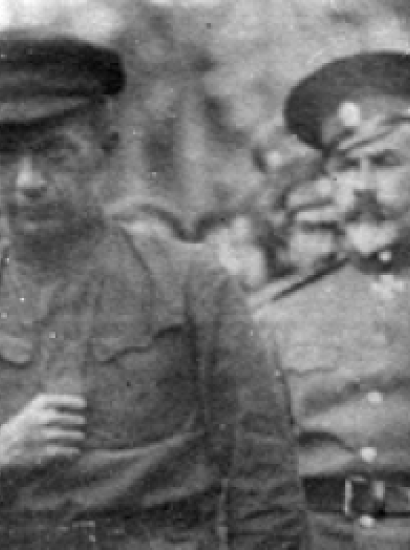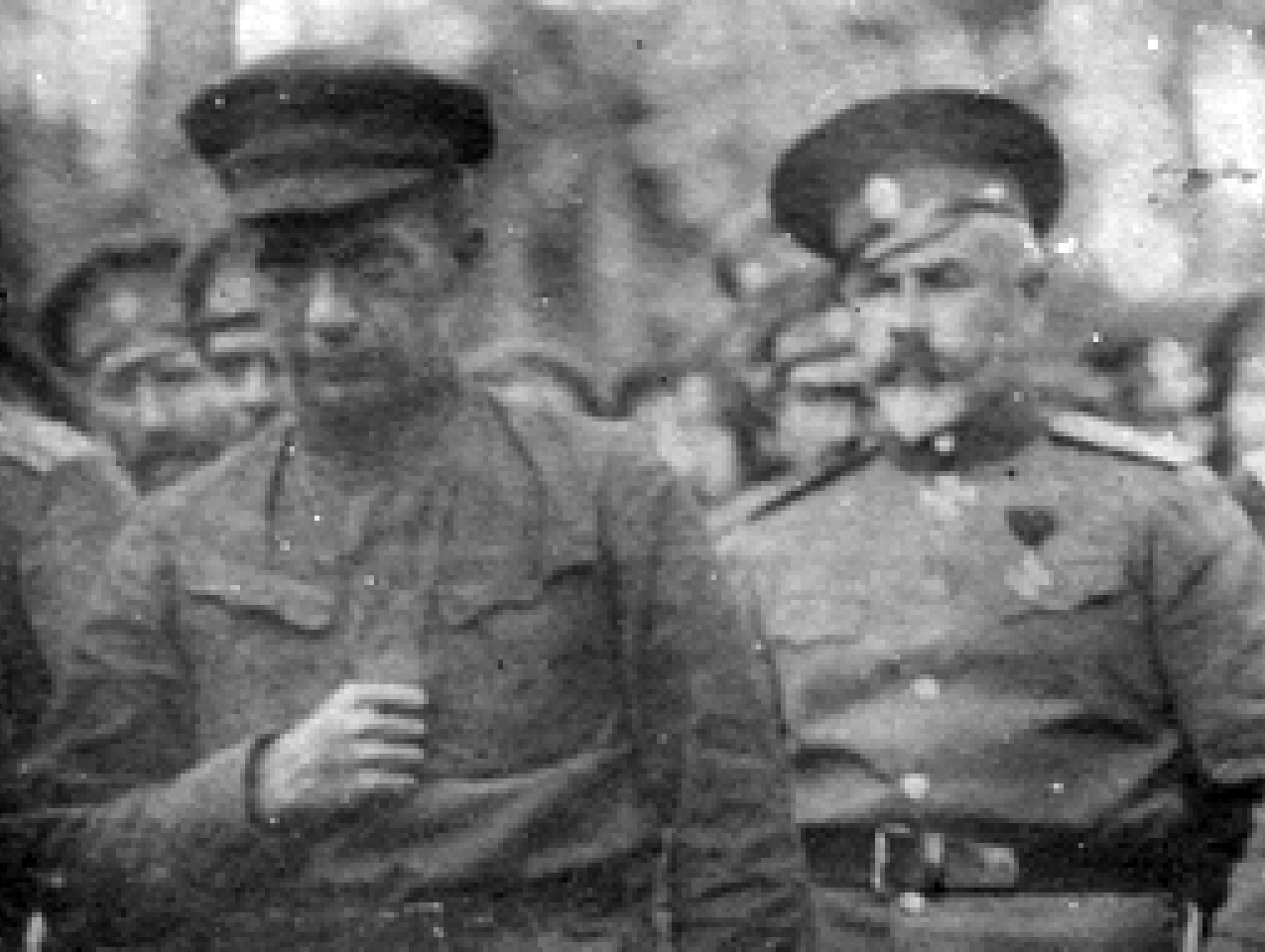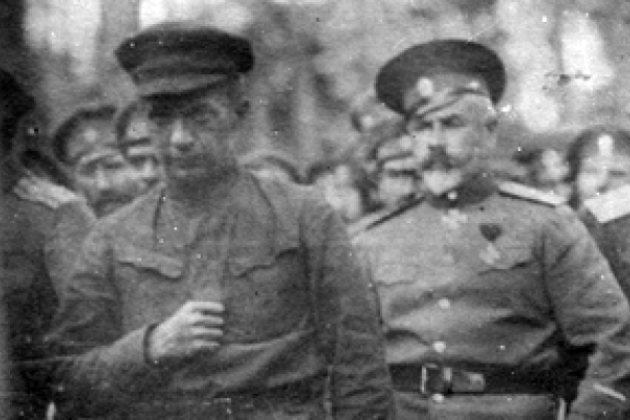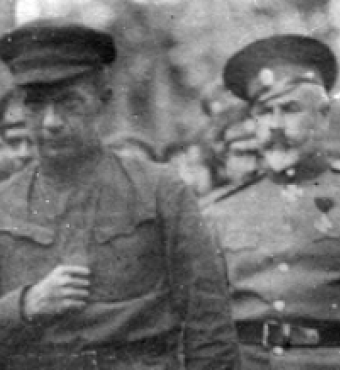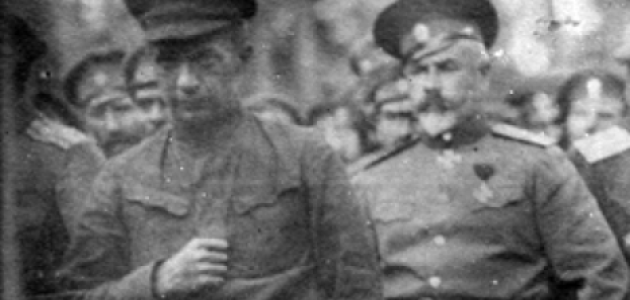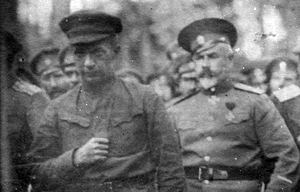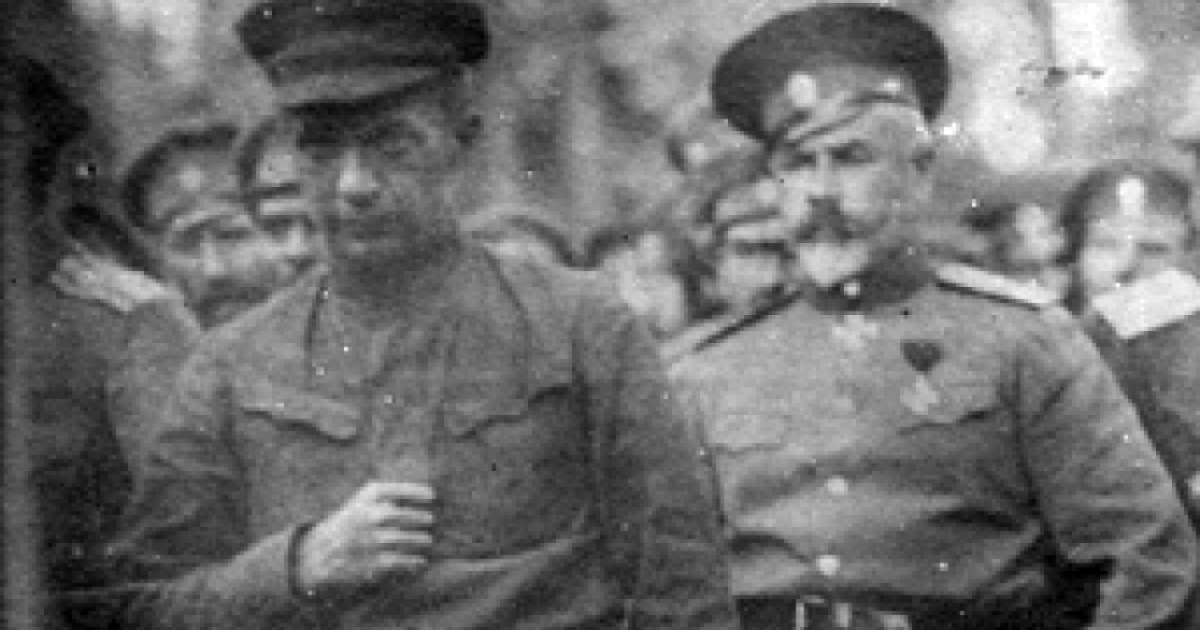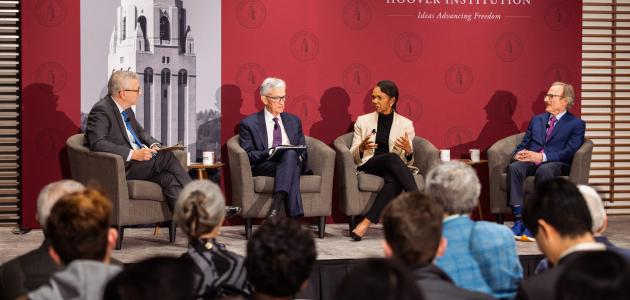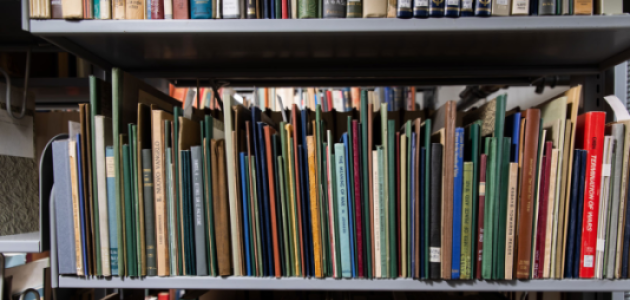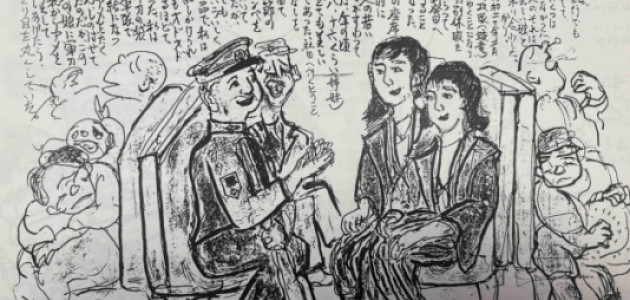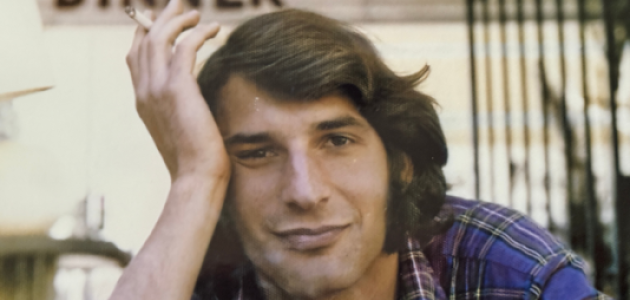
Iakov Markovich Lisovoi (1882–1965) was a colonel on the general staff of the Russian Imperial Army, as well as a collector who amassed an enormous volume of materials on revolutionary Russia, which formed the basis for his traveling exhibits and lecture series in the 1920s and 1930s. He named his private collection the “Museum of Contemporary Events in Russia.” It was a major collection that suffered a tragic fate, described below. Lisovoi began gathering materials during the First World War, suffered two major losses of documents during the revolution and civil war, and then carried his materials into emigration, first to Serbia and then to Chicago, where he resided from 1923 until his death. He continued to collect for many years after, both expanding his documentation on past events and embracing contemporary politics and developments in the USSR and Europe.
In 1945, on the crest of the patriotic wave that overcame some Russian émigrés following the Soviet victory in the Second World War—and perhaps in the vain hope that the internal politics of the USSR would soon undergo a major positive change—Lisovoi decided to donate the bulk of his collection to the State Historical Library of the USSR in Moscow. There it languished under lock and key (under highly restricted access in the so-called spetskhran, or “special stacks”) for nearly fifteen years. In 1960, the Soviet archival directorate ordered the archival materials in the collection to be transferred to four different repositories. Not only was Lisovoi’s name removed from parts of the collection in this breakup, but other information was also lost, such as the key to the photographs, rendering identification of a number of them impossible.
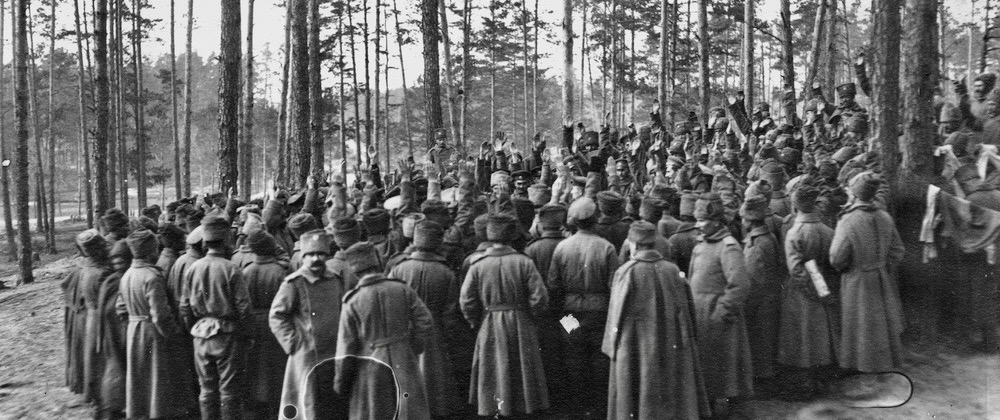
With the onset of Perestroika, access to library and archival materials that had previously been restricted for ideological reasons became easier. The library spetskhrans were opened to the public in the late 1980s, and as archives opened up between 1988 and 1992, most of the other materials were made accessible. Lisovoi’s materials were finally available for research, although by then few people really knew they were Lisovoi’s: the Soviet archives had done all they could to erase his memory, break up the collection, intermix it with unrelated documents, and fog up the provenance of the materials.
Two decades ago, librarians at the State Historical Library in Moscow made an attempt to reconstruct the original library and archive, publishing its contents in a book entitled Kollektsiia Ia. M. Lisovogo: opyt rekonstruktsii (Moskva, 1997). Despite scrupulous research, meticulous investigation, painstaking rigor, and clever intuition, the ultimate conclusion was that a complete reconstruction was impossible. Most of the archival materials spread out across numerous institutions could only approximately be attributed to Lisovoi’s original gift. Even worse, part of the original collection remains untraceable and may have been destroyed for ideological reasons.
Soon after sending his collection to the USSR, Lisovoi came to regret this decision. In 1951 he wrote to fellow émigré Boris Nicolaevsky:
Over two tons are held at the Moscow Historical Public Library in the reference section under my name (if librarian Leont’ev is not lying). Five years ago the Soviets sent a delegate from Moscow (together with a Chekist [chekist, Soviet spy] of course) to see me about these materials, with a request to place them in the Moscow Historical Library for research, because many materials had been destroyed during Hitler’s invasion, and science needs sources. Of course, I handed over all my Civil War materials, plus complete sets of Nazi publications in English and German, plus American and British publications; in other words, ‘when the Lord God wishes to punish a person, he first takes away his reason.’
But the deed had been done and there was no way back.
The materials now at Hoover survived this debacle. They were squirreled away in some corner of Lisovoi’s Chicago home, never sent to the USSR. [DH2]They amount to no more than one manuscript box—certainly nowhere near the value of his original two tons of paper. Yet the papers and photographs still have significance to the researcher. There are a number of prints depicting the Russian front in the First World War, the 1917 revolution, and the Russian Civil War (including General Mikhail Alekseev’s residence and General Lavr Kornilov’s staff headquarters in Novocherkassk, 1918). A series of photographs shows Russian dirigibles in 1913; others show various Russian generals. Most of the photographs and the documents are of a personal or biographical nature: passports and service records, as well as writings, including “Remembrances,” written by Lisovoi’s son, Vladimir de Lissovoy (1918–2009), a professor of psychology at Pennsylvania State University. This collection forms an excellent complement to the Archives’ existing collections on the Russian Civil War, such as the papers of General Mikhail Alekseev, the Vrangel’ collection, and many others.
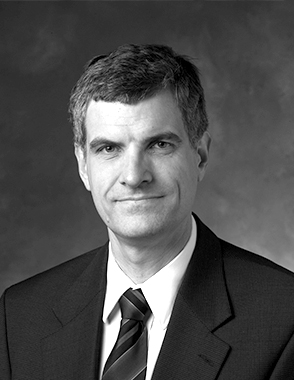
Anatol Shmelev PhD
Anatol Shmelev is a research fellow, Robert Conquest curator of the Russia and Eurasia Collection, and the project archivist for the Radio Free Europe/Radio Liberty Collection, all at the Hoover Institution.




